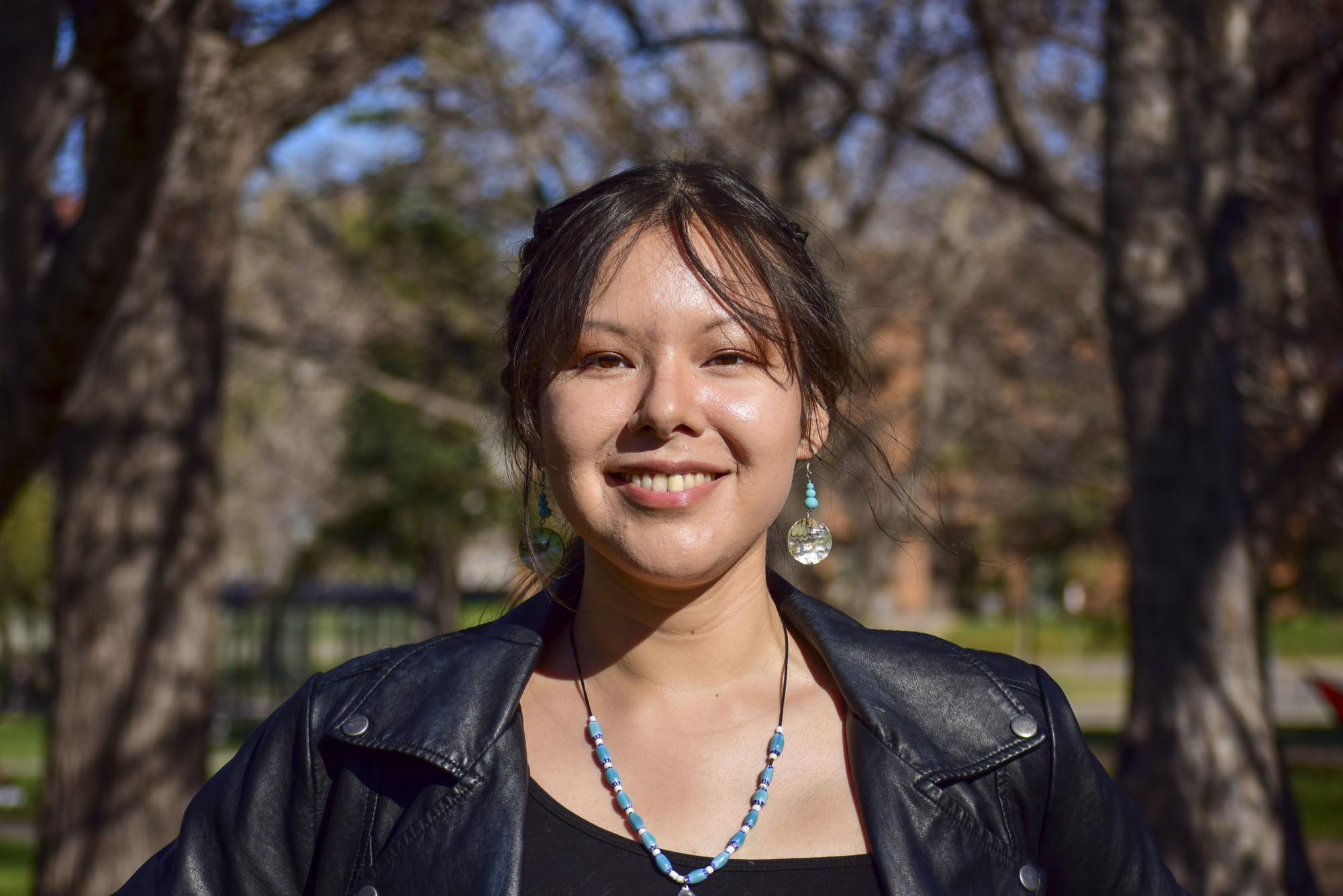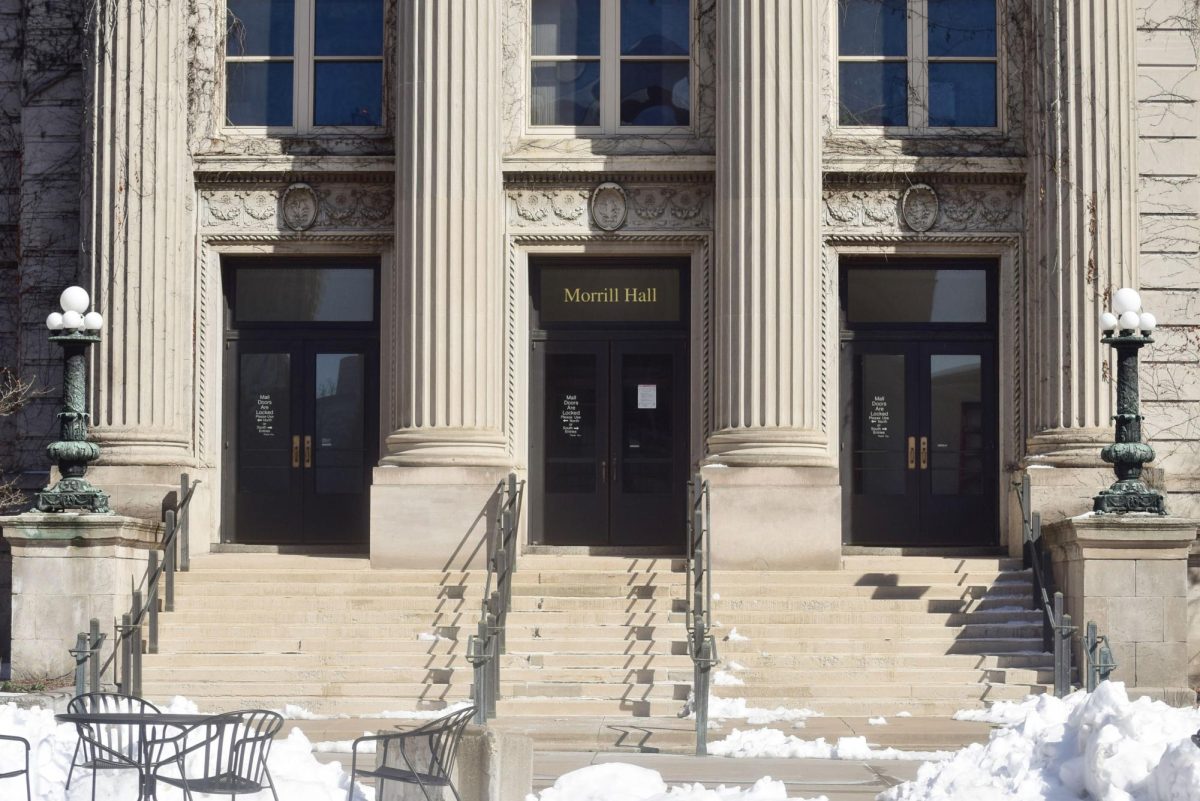The land thousands of students and faculty walk on daily had a truth hidden for decades until a group of Indigenous researchers decided to uncover it all.
The Toward Recognition and University-Tribal Healing (TRUTH) Project was formed in 2020 in response to the resolutions written by the Minnesota Indian Affairs Council to examine the University of Minnesota as a “land grab” university and how that impacts Indigenous people, students and tribes throughout the state, according to the TRUTH Project website.
After three years of research, the TRUTH Project released its report. It details the horrendous acts the University has committed against Indigenous people, the worst being genocide, forced removal and land confiscation, according to the TRUTH Report.
While some of these events have not occurred since the 1800s, their lasting effects are seen today in Indigenous peoples spread throughout Minnesota, Wisconsin, North Dakota, South Dakota and more.
“TRUTH has presented evidence of the deep-seated institutional harm the University of
Minnesota has inflicted on Native American communities throughout its tenure. The forced relocation, forced assimilation, and destruction of culture and languages have caused lasting damage that continues to impact Native American communities to this day,” according to the report.
The findings
The full report spans over 554 pages and is a lot to digest, but Indigenous students took the time to read through it and found some of the content disturbing.
Eileen Bass, a first-year anthropology and English student, said the Morrill Land Grant was the most surprising and frustrating thing she found.
“The fact that none of it comes back to Native engagements or the American Indian Studies department, it’s been difficult,” Bass said.
The Morrill Act of 1862 allowed the University to steal tribal lands in Minnesota. The Morrill Act granted several states 30,000 acres of “public” lands for each member of Congress representing that state, according to the report.
However, these public lands were seized after the federal government broke several treaties, according to the report. These lands were never public, but instead stolen from tribes to take the wealth in the land from Indigenous communities and transferred to white communities.
Addison Thompson, a second-year student studying biology, society and environment, said it was disturbing to know how many times the University was bailed out of bankruptcy, stealing Indigenous lands and resources.
“What really surprised me is the amount of times the University has been bailed out, they were bankrupt at least twice,” Thompson said.
In 1857, six years after the University was founded, it was forced to close due to financial hardships, according to the report. It was not until President Abraham Lincoln signed the Morrill Act that the University could reopen.
Sierra Charwood, a third-year pre-med student, found the amount of land possessed through the Morrill Act absurd.
“It’s crazy seeing the number of how many acres the U got, and the cost of it, and how cheap it was,” Charwood said.
According to the report, the University has been the beneficiary of several “land grabs” since 1851 that ultimately provided the University with 186,791 acres of land through the removal of Indigenous tribes and people.
Eastcliff Mansion, the home of the University president, is a part of those stolen lands, Charwood said.
Today the University makes money from minerals, iron, timber and the land itself, according to the report. In 2020, a TRUTH Project’s analysis of the Permanent University Fund (PUF) found that iron, timber and minerals contributed a total of $591,119,846 to the fund.
“The University of Minnesota should increase use of PUF funds to support Native students, staff, and faculty including, but not limited to, full tuition with the inclusion of non-academic supports, as well as additional Native student and faculty resources,” according to the report.
Charwood said she hopes the University can divert the PUF funds to areas like the American Indian Studies (AIS) Department — which has been historically underfunded — or to Indigenous resource offices like Circle of Indigenous Nations. It is the University’s duty to make sure these things are funded, Charwood said.
“They need to help out because they have clearly benefited off of what they’ve taken from us,” Thompson said.
Impacts on Indigenous education
Bass said the TRUTH Report should be taught to every student throughout the University system.
“I don’t feel like it’s fair for people to not know the truth about the University,” Bass said.
Thompson said the education of all students and faculty is key to this report making an impact and is hopeful for what that could mean for future Indigenous students.
“I am hoping that the TRUTH Project can help bring more benefits to Native American students in the future,” Thompson said.
If there is a rise of aid and benefits for Indigenous students and programs, the hope is that there will be an increase of Indigenous students and faculty, Charwood said.
All agreed the TRUTH Report should not be pushed under the rug but instead used as a learning tool for years to come.
“It’s more than just an acknowledgment,” Bass said. “It’s choosing to be educated, and this is an educational place, so the TRUTH Report needs to be taught.”
University recommendations
On the final pages of the University-based report, eight broad recommendations were made to create a chance at healing and reconciliation.
While each stands alone, the four most relevant to the University are land back, reparations, representation and dedication to students.
The first is land back. The report suggests the Board of Regents should make a plan where a little bit of land is given to Tribal Nations annually until eventually, they revert to trust lands for Tribal Nations.
The second recommendation is accountability and reparations.
“From the highest levels of leadership down, UMN must take responsibility for the harm it has inflicted on Native Americans and work towards reparations. Reparations are a necessary step in the healing process and must be approached in a just and equitable manner,” according to the report.
To this day, the University has not adopted an official land acknowledgment despite several other departments and schools implementing one.
“I think they need to do a better job at owning up to their actions and actually making an impact on the Native American students here,” Thompson said.
Another recommendation was for the University to have proper representation throughout campus, not just in the AIS department.
According to the report, from 2012 to 2019 the University had a rapid decline in students who identified as American Indian and Alaska Native. It was not until 2020 —169 years after the founding of the University — that there was a Native American regent.
Lastly, the report stresses that the University should be a school Indigenous students would love to attend and where Native students are owed a debt that has not been paid.
“Given the large amount of land taken from the tribes of Minnesota, the University should be a national center of excellence in all Native American programs to begin to undo a horrendous injustice,” according to the report.
The report laid out several actions the University should implement to try and create a path of justice. Those include full tuition waivers, ensuring admitted Native students have sufficient funds for room and board, improving Native support systems, increasing efforts to recruit and retain Indigenous students, and more.
These recommendations directly impact the Indigenous students and faculty on this campus, and Charwood said there should be a big push for these to get implemented.
“When they are listing out directions that you could do, how could you not do them?” Charwood said.
The funding for this reporting position comes from a grant given to The Minnesota Daily from the Hubbard School of Journalism and Mass Communication, with money from the Freedom Forum. The Daily retains editorial independence from the University of Minnesota in all forms, including this reporting position.








Dustin Morrow
Apr 18, 2024 at 3:00 pm
Mii-go onizhishing iw keyaa wezhibii’igaadeg!